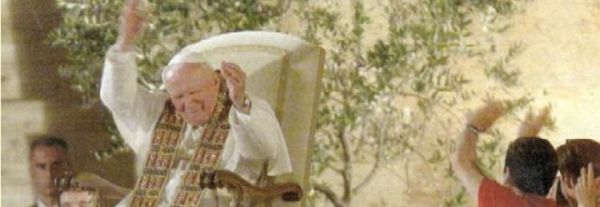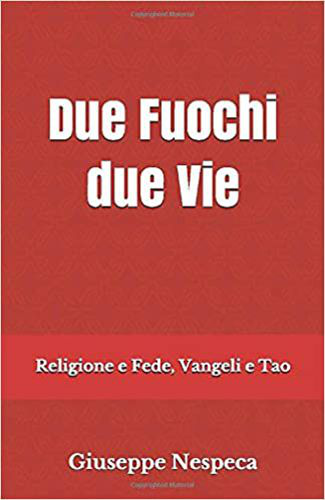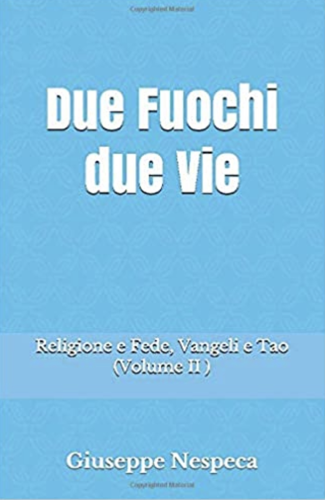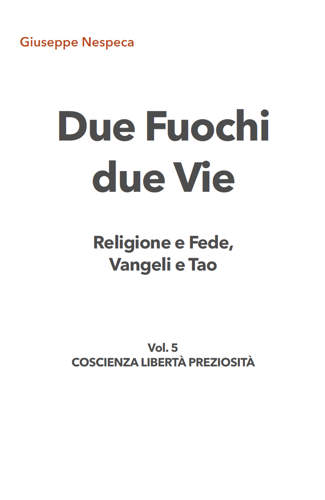The Old Testament already usually speaks of God as the Shepherd of Israel, the people of the covenant, chosen by him to carry out the plan of salvation. Psalm 22 is a marvellous hymn to the Lord, the Shepherd of our soul:
"The Lord is my shepherd, I shall not want; / he makes me lie down in green pastures, / he leads me beside still waters, / he restores my soul. / He leads me in paths of righteousness... / Even though I walk through the valley of the shadow of death, / I fear no evil; / for thou art with me..." (Ps 22:1-3).
The prophets Isaiah, Jeremiah, and Ezekiel often return to the subject of the people as "the Lord's flock": "Behold your God!... He will feed his flock like a shepherd, he will gather the lambs in his arms..." (Is 40:11). Above all, they announce the Messiah as a Shepherd who will really feed his sheep and not let them go astray any more: "I will set up over them one shepherd, my servant David, and he shall feed them: he shall feed them and be their shepherd..." (Ez 34: 23).
This sweet and moving figure of the shepherd is a familiar one in the Gospel. Even if times have changed owing to industrialization and urbanism, it always keeps its fascination and effectiveness; and we all remember the touching and poetic parable of the Good Shepherd who goes in search of the lost sheep (Lk 15:3-7).
In the early times of the Church, Christian iconography used a great deal and developed this subject of the Good Shepherd, whose image often appears, painted or sculpted, in the catacombs, sarcophagi and baptismal fonts. This iconography, so interesting and reverent, testifies to us that, right from the early times of the Church, Jesus "the Good Shepherd" struck and moved the hearts of believers and non-believers, and was a cause of conversion, spiritual commitment and comfort. Well, Jesus "the Good Shepherd" is still alive and true today in our midst, in the midst of the whole of mankind, and he wants to let each of us hear his voice and feel his love.
1) What does it mean to be the Good Shepherd?
Jesus explains it to us with convincing clearness.
— The shepherd knows his sheep and the sheep know him. How wonderful and consoling it is to know that Jesus knows us one by one; that for him we are not anonymous persons; that our name—that name which is agreed upon by loving parents and friends—is known to him! For Jesus we are not a "mass", a "multitude"! We are individual "persons" with an eternal value, both as creatures and as re-deemed persons! He knows us! He knows me, and loves me and gave himself for me! (Gal 2:20).
[...]
(Pope John Paul II, homily 6 May 1979)












